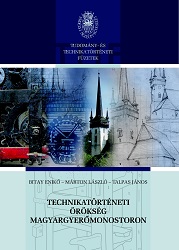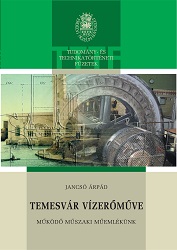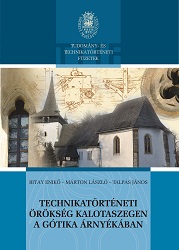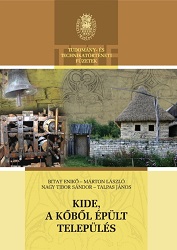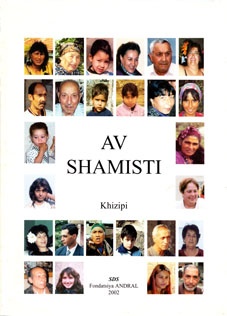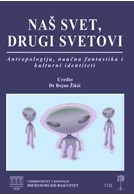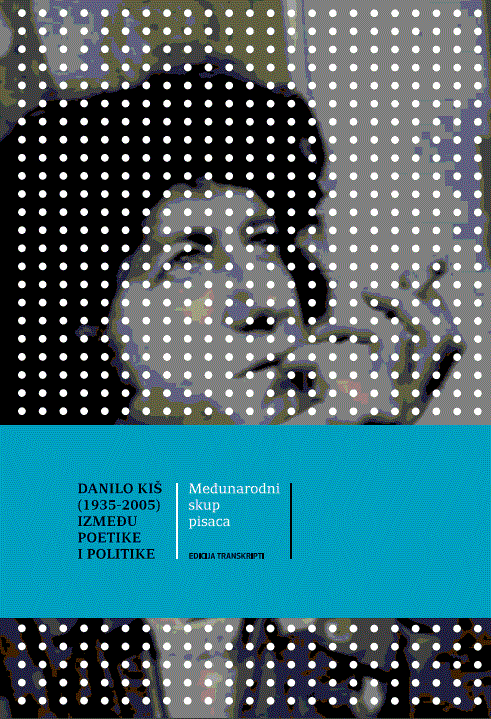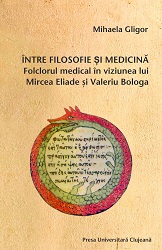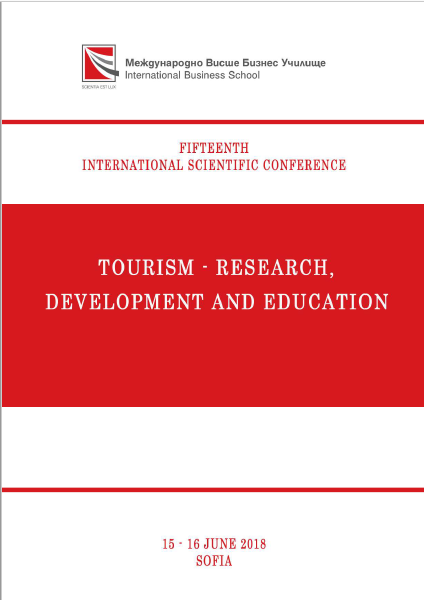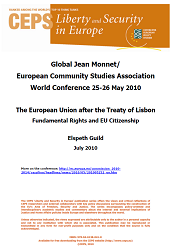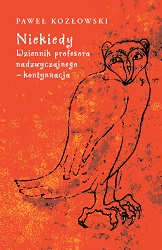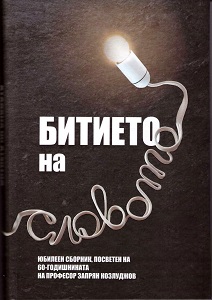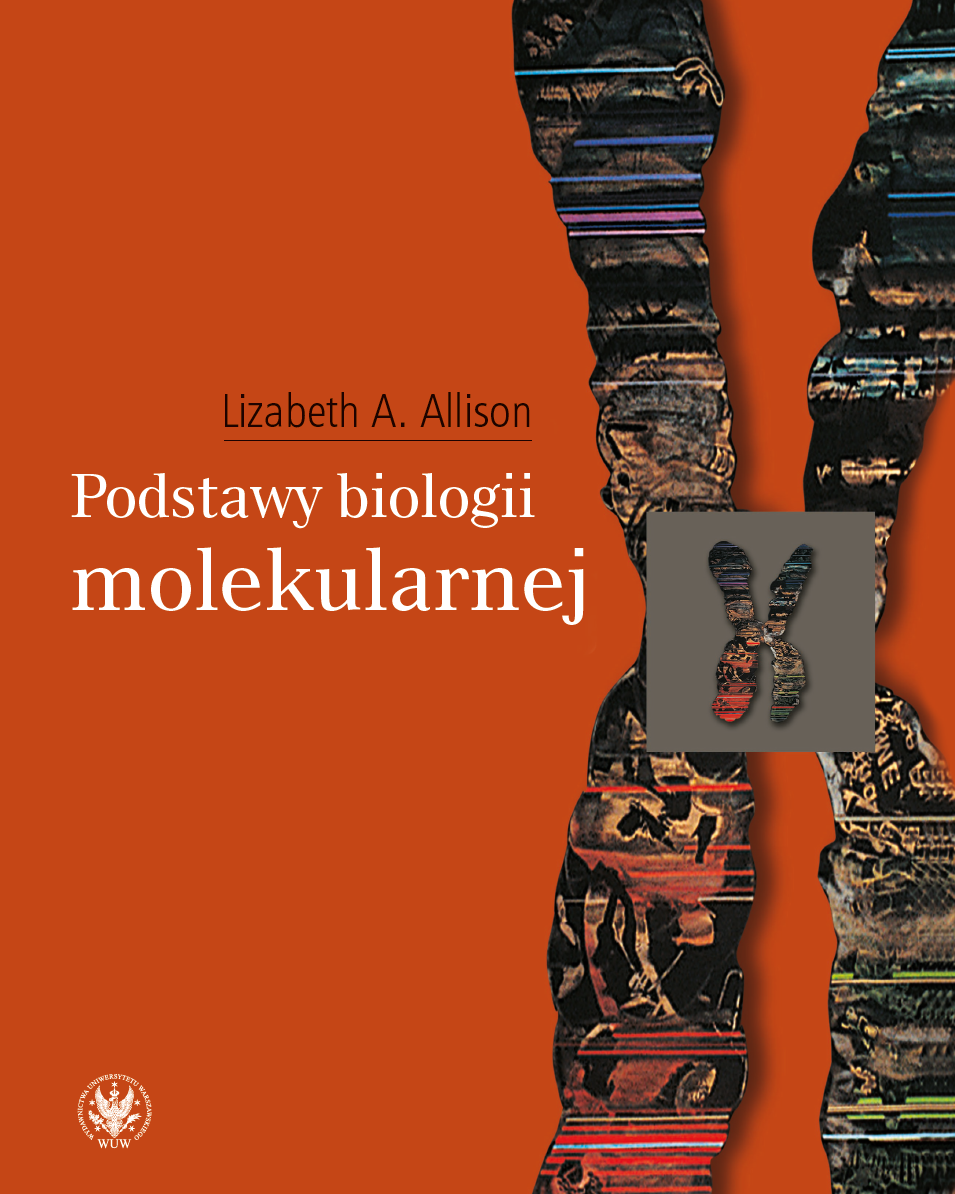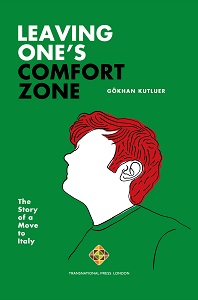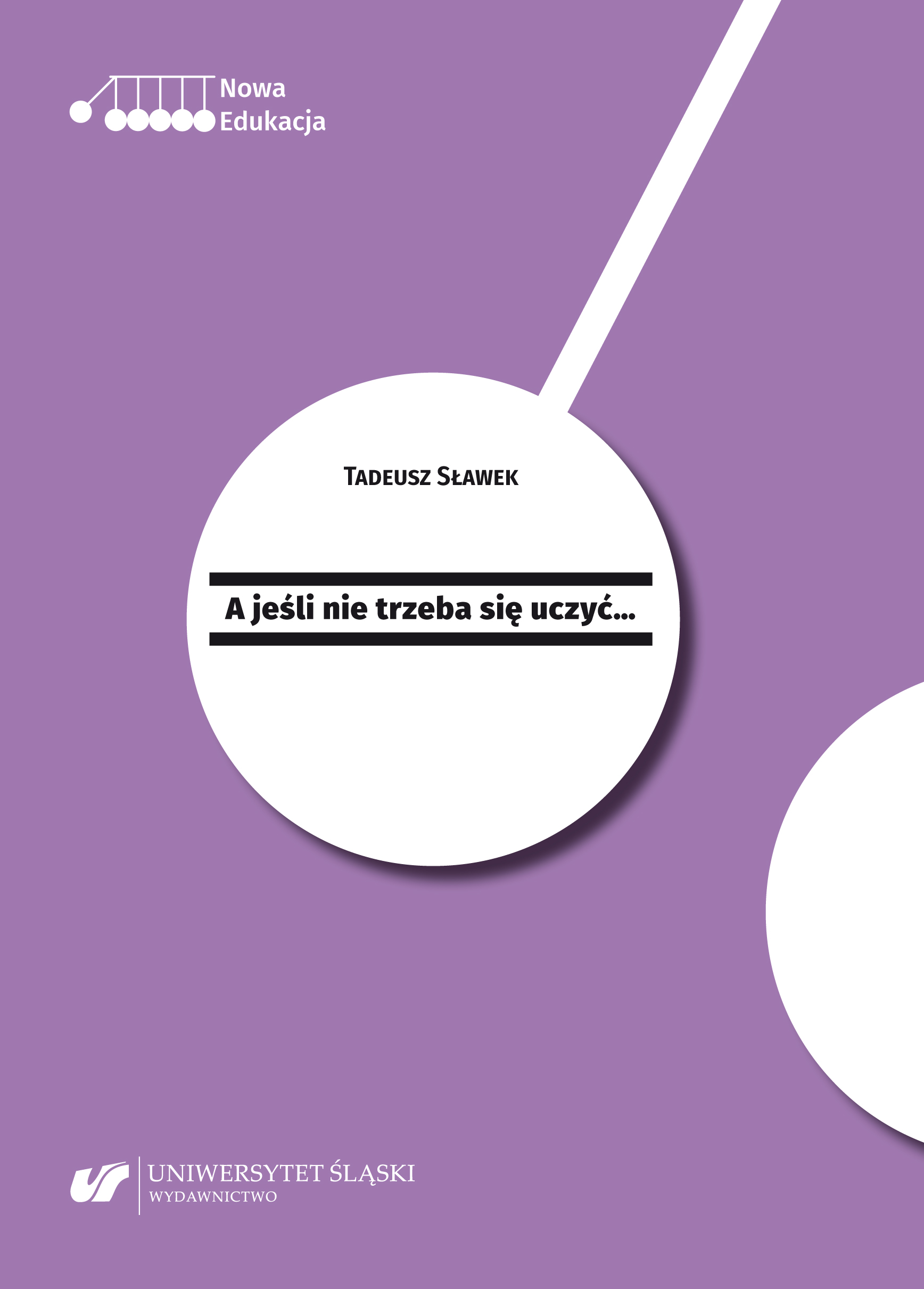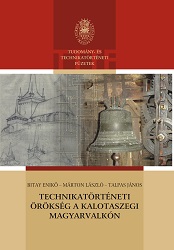
Technikatörténeti örökség a kalotaszegi Magyarvalkón
In the history of a settlement the aspects linked to technical history are of major importance, as they are part of the course of culture and civilization. Research work, the insertion of findings in the complex of historical sciences is up-to-date in present historiography.This book contains the results of research in the field of technical history, research done in Văleni-Călata. The settlement appears for the first time in the written documents of the XIII-th century (in 1213) under the name of Vulchoi villa. As the years passed the settlement became also known as Wolcov (1291), Walko (1297), Wolko (1372), and Walko again (1468).In the year 1291 the settlement was among those ones that were paying taxes to the bishop of Oradea.The name of the settlement is most likely linked to the name of the noble Valkay family, onwer of lands, whose last representative disappeared in the year 1730.From the point of view of the settlement's history the XVIth and XVIIth centuries brought about great changes. Reformation, the invasion of Tartars, the multiple fires - all had benefic consequences. The devastated church was rebuilt and a fortress was erected around it. The tower was built and it got the function of a watchtower as well, in the fortified defence system of the settlement.The church is placed in a lovely region, under the protection of a forest arch. The building is architecturally well balanced, its tower has an unmatched robustness and it can be regarded as one of the most beautiful churches belonging to the Reformed Episcopate of Transsylvania.The general architectural characteristic of the church belongs to the Gothic style, although it also has a series of elements of the Roman styleand Gothic, respectively.A special feature, unique to this church in the whole region is that, the space under the tower is part of the pro–nave, augmenting its dimensions.From the point of view of technical history the counter–fortress walls of the church are made of adzed rectangular stones, this being a real demonstration of the skill of the carvers of the time. As a binding element mortar with lime was used and this gave the building enough resistence. The church is entirely covered with shingle. This refers to the church tower and also to the four small towers with cellular ceilings painted by the renowned carpenter and church ceiling painter Lőrinc Umling. This adds to the architectural and artistic value of the church.The monumental aspect is better underlined owing to some elements of building in Roman style originating from the previous building. These elements were organically incorporated in the present architecture of the church.The church tower gives home to three liturgy bells and a small bell to presignal the stroke of the horologe. Two of the bells, the biggest in dimension, were casted in Cugir in 1924 by the bell founder Oszkar Klein. The third bell originates from the bell foundry of the Andraschovski family in Cluj. For over a century the family had been known as famous for casting bells, a tradition passed on from father to son. The bell from Văleni wascasted in 1855 by János Andraschovski. The three bells are beautifully decorated in Baroque and Gothic style. They are placed on a wooden rack made from oak wood carved with a poleaxe. The wood of the rack is the very casing of the bell bail axes.Keeping company to the bells is the horologe built to the special order of the parish in the year 1839. As to where, and in which workshop of the time it was built, one doesn't yet have an answer. It is believed that the building took place in Oradea because this is the place of origin for several other horologes of the churches in the neighbourhood. This particular horologe is made up of three functional modules. The first module is the one that makes the horologe work and it rules the other two. The second module is responsible for the strokes of the quarters, while the third module makes the pre–signal bell work.The pre–signal bell marks the hours and it is located at the extremity of the tower, above the southern part of the porch. This porch surrounds the tower and it is used as an observation turret. The horologe worked till the mid–seventies of last century. At the moment it is incomplete, as its cinematic chain of movement transmission to the clock hands and the pre–signalling bell is missing.A chapter of the book deals with the presentation of the folk architecture development in the settlement. The evolution of the wooden constructions specific to the region is shown: the system of scaffolding and covering, the ornamentation of the facades. The development of the living space is dealt with in a sub–chapter of the book. Here one can come across examples ranging from the most simple living spaces with one room to the more sophisticated ones, set in an order characteristic not only to Văleni but to the entire region of Călata.Among the specific aspects of regional folk architecture one can put into evidence the widespread use of carved or uncarved spruce masonry, daubed either on one or on both sides.The structure of scaffoldings is detailed and so is the shingle covering that replaced in a relatively short while the prevalent straw covering of Călata.Owing to its position in the vicinity of the forest, the settlement came to be noticed as a center for the folk handicraft of shingle fabrication. Shingle was traded outside the settlement too. Handicrafts specific to mountainous regions can be found here woodwork and carpentery. The Văleni dwellers were nicknamed "the resinous ones" because of the spruce resin on the clothes of the people who processed it.Another business specific to the settlement, with a technical side to it, was the carving of spindles and of the nicely decorated, washer shaped spindle weights. These washers have a central orifice corresponding in dimension with the lower diameter of the spindle. This gives stability and inertia to the spinning during the process of spinning the hemp or woolen yarn.The yarn was at the core of another handicraft - the weaving of textiles for husehold needs. The spindle makers used an arch - like device. The string wrapped around the carved, semi-fabricated body of the would - be spindle and the movement generated by the bow gave the semi-fabricated item a bidirected rotation move. The semifabricate body was fixed between two heads and the whole assembly formed a primitive lathe that rounded the spindles. A similar device, used to round off and perforate pieces can be found in the Roman epoch too.Shingle fabrication and spindle making survived in Văleni till mid-XXth century. From that point on industrial products in building material and textiles have gradually replaced the famous products of the Văleni craftsmen.The findings presented in this book are the result of field investigation and registry document study. They demonstrate the fact that although a certain region has been "exhaustively" studied so far, new research and investigation can reveal other characteristic aspects of that region, unnoticed so far.Considering this, the book has the value of pioneering and of a model to be followed for those who wish to study a settlement from the point of view of technical and technological history.
More...
